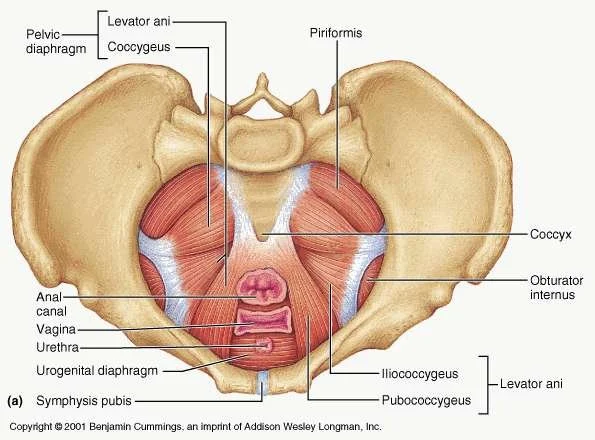Dyspareunia is persistent or recurrent internal or external genital pain occurring before, during or after sex.
Vestibulodynia is chronic pain or discomfort that occurs around the opening to the vagina: the vestibule is where the lips of the vulva meet your vagina. It is a very sensitive part of your body and contains multiple glands to help with lubrication/discharge as well as the urethra. Pain may occur when the area is touched, during sex, when using a tampon or other certain movements like prolonged sitting. The area may even be chronically red and inflamed.
Visceral Mobilization can also help improve blood flow, stretch muscles associated with the organs, and increase the overall function of the local soft tissue. Visceral mobilization is particularly effective for people that have undergone C-sections or other abdominal surgeries.
The 4th trimester also includes your baby’s adjustment into this crazy, colorful world! Dr. Antony Karp is credited with creating the concept of the 4th trimester. He posts that full-term babies are born three months too early relative to other mammals. This is possibly so that the head can fit through the birth canal. But, the flip side is that your baby’s nervous system is not yet fully developed – and has a hard time handling life outside a quiet, safe womb.
Stress can present itself in a lot of different ways. It may mean racing thoughts or never feeling quite settled -- like you just don’t have enough bandwidth for everything going on. Stress can also externalize itself in your body. This may mean having tight muscles that never relax no matter how much you stretch them or stress headaches or not sleeping well. This almost ALWAYS hits your pelvic floor!




















